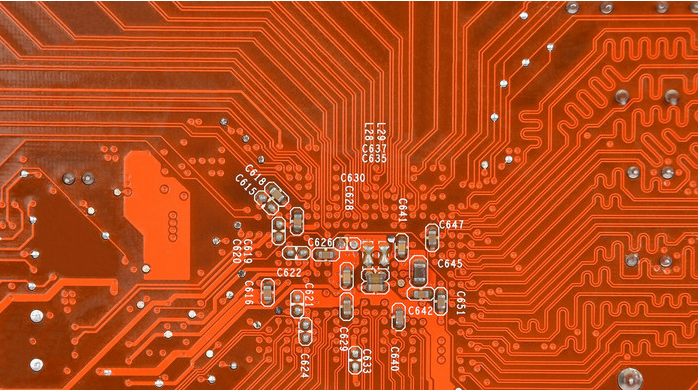During the PCB production process, substances harmful to the environment will be produced. In addition to production capacity, the ability to handle harmful substances is also an important measure of modern factories. Carrying out "green production" is the inevitable way for modern industry. Then, how to deal with the harmful substances produced in the PCB production process,
PCB waste water is divided into cleaning waste water, ink waste water, complexation waste water, concentrated acid waste liquid, concentrated alkali waste liquid and so on. There are many types of waste water pollutants and complex components. The key to ensure that the wastewater treatment meets the standards is to treat the waste water that is targeted at a reasonable quality. PCB wastewater treatment is mainly divided into chemical method and physical method. Chemical method converts pollutants in wastewater into easily separable state (solid or gas), including chemical precipitation method, redox method, ion exchange method, electrolysis method The physical method is to enrich the pollutants in the wastewater or to separate the easily separable state from the wastewater to make the wastewater meet the discharge standards, mainly including decanting, electrodialysis, reverse osmosis, etc.

1. Redox method
The oxidation-reduction method uses an oxidizing agent or a reducing agent to convert harmful substances into harmless substances, which are precipitated and precipitated. The cyanide-containing wastewater and chromium-containing wastewater in the circuit board often use the oxidation-reduction method.
2. Chemical precipitation
The chemical precipitation method selects one or several chemical agents to convert harmful substances into easily separated sediments or precipitates. There are many chemical agents used for PCB circuit board wastewater treatment, such as NaOH, CaO, Ca(OH)2, Na2S, etc. The precipitant can convert heavy metal ions into precipitates, and then pass through the inclined plate sedimentation tank, PCB sand filter, and pressure Filters, etc., to separate solid and liquid.
3. Ion exchange method
Chemical precipitation is difficult to treat high-concentration wastewater, and is often used in combination with ion exchange. First, chemical precipitation method is used to reduce the content of heavy metal ions to about 5 mg/L, and then ion exchange method is used to reduce heavy metal ions to emission standards.
4. PCB electrolysis
The electrolysis method treats high-concentration circuit board wastewater, which can reduce the content of heavy metal ions, but the electrolysis method is only effective for the treatment of high-concentration heavy metal ions, and consumes a lot of power, which can only treat single metals.
5. Gaseous Condensation-Electric Filtration Method
This novel method consists of three parts. The first part is the ionized gas generator. Air is sucked into the PCB generator, which can make the ionized magnetic field change its chemical structure and become highly activated magnetic oxygen ions and nitrogen ions. The PCB jet device is used to introduce this gas into the wastewater., It can oxidize and aggregate harmful substances such as metal ions and organics in wastewater, which is easy to filter and remove. The second part is an electrolyte filter, which filters and removes the agglomerates produced in the first part. The third part is a high-speed UV irradiation device for PCB, which can oxidize organic matter and chemical complexing agent in the water and reduce CODcr and BOD5. In this way, the desired effect is achieved.